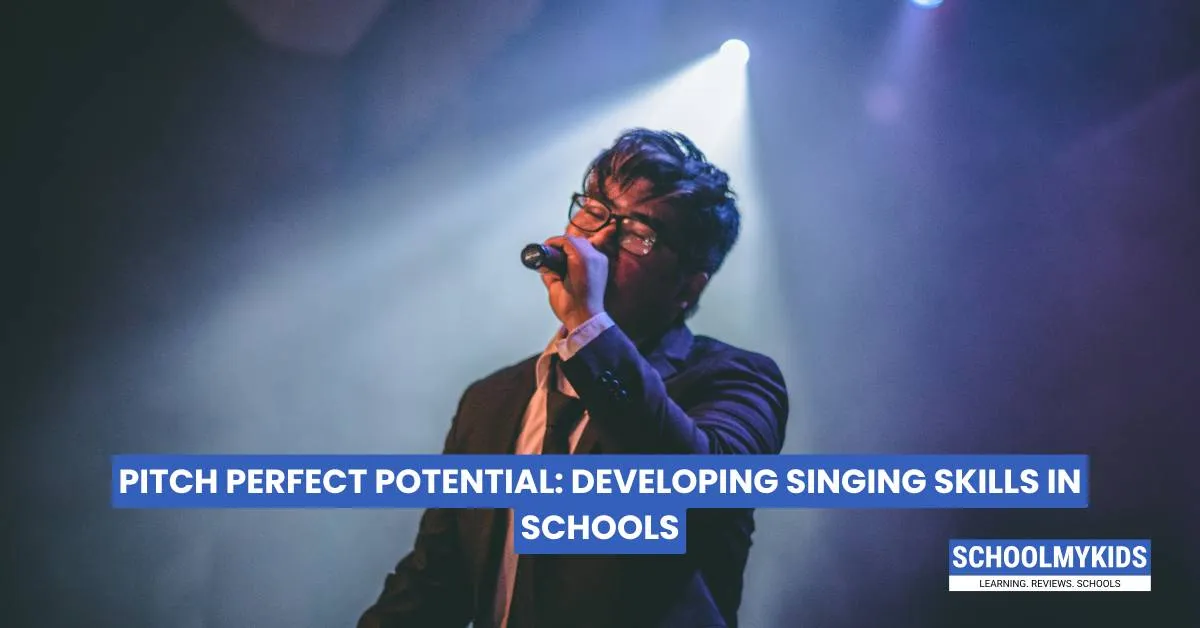Introduction
Every child has a voice, but not every child gets the opportunity to explore what that voice can do. Singing isn’t just for the talented few—it’s a skill that can be nurtured, trained, and celebrated. In school settings, singing offers more than melodic enjoyment. It fosters confidence, improves breathing and concentration, and provides a gateway to emotional expression.
With the right support, schools can help students discover and refine their vocal abilities—not to churn out professional singers, but to help them find their voice, quite literally.
Why Singing Matters in Education
Singing is one of the most natural and accessible musical forms. Unlike learning an instrument, it doesn’t require equipment or special tools—just a bit of time, space, and guidance. Yet, the benefits are immense:
- Cognitive Development: Singing strengthens memory, language acquisition, and listening skills.
- Emotional Regulation: It acts as a stress-reliever and a form of personal expression.
- Social Skills: Group singing teaches teamwork, harmony (both literal and metaphorical), and empathy.
- Confidence: Regular singing boosts self-esteem, especially in students who might be shy or unsure of themselves.
Starting Early: The Power of Primary Years
Early exposure to singing is key. Young children are naturally inclined to mimic sounds and enjoy rhythm. Integrating singing into early education helps:
- Develop vocal control
- Establish pitch recognition
- Build rhythmic awareness
- Enhance vocabulary and speech fluency
Nursery rhymes, chants, and classroom songs are more than entertainment—they're laying the foundation for vocal and linguistic development.
Structured Vocal Training in School Settings
While informal singing is valuable, structured vocal education helps students refine technique and understand their instrument—the voice.
Key elements of school-based vocal training:
- Warm-ups and Breathing Techniques: Teaching proper breathing and posture ensures vocal health and sustainability.
- Pitch and Ear Training: Identifying and reproducing pitch accurately is fundamental to singing development.
- Vocal Range Discovery: Students learn where their voice feels most comfortable—soprano, alto, tenor, or bass.
- Musical Literacy: Learning to read sheet music or understand notations empowers students to pursue more complex music independently.
- Performance Practice: Whether solo or in a choir, performance opportunities help students grow stage presence and resilience.
Choirs: A Pillar of Vocal Growth
School choirs are more than a group activity—they’re a mini music academy. Students learn to:
- Sing in harmony
- Follow conductors
- Collaborate with peers
- Interpret different musical genres
Choirs also democratize singing. Not everyone may have solo confidence, but in a choir, every voice matters equally. It teaches students that their contribution is part of something bigger.
The Teacher's Role in Vocal Development
You don’t need a world-class vocal coach to make a difference. Passionate and informed music educators can:
- Spot potential in students early
- Correct unhealthy vocal habits
- Encourage those hesitant to try
- Introduce diverse singing traditions and genres
Empathy and encouragement are often as important as technique. A single teacher’s belief in a student's voice can change how that student sees themselves forever.
Leveraging Technology for Singing Education
In today’s digital age, schools can blend traditional instruction with tech tools:
- Apps like Smule or Yousician offer practice platforms.
- Virtual choirs connect students across locations.
- Recording software helps students hear and refine their own voice.
Technology also provides inclusive options for students who may be home-schooled or in remote areas.
Addressing Challenges and Misconceptions
Many students (and even teachers) believe that good singing is purely a natural talent. But like any skill, singing improves with practice and coaching. Schools must:
- Avoid labeling students as “tone-deaf” or “non-singers”
- Focus on growth rather than perfection
- Ensure that assessments don’t stifle creativity or confidence
Inclusivity should be the mantra—every student deserves a chance to try, regardless of ability level.
Conclusion
Singing is a powerful tool for self-expression, confidence-building, and cognitive development. Schools that invest in vocal programs are not just nurturing future artists—they're helping students find their inner voice, both musically and personally.
Whether it leads to the school stage or simply a lifelong love for music, helping a child discover their vocal potential is one of the most empowering gifts an educator can give.








Be the first one to comment on this story.